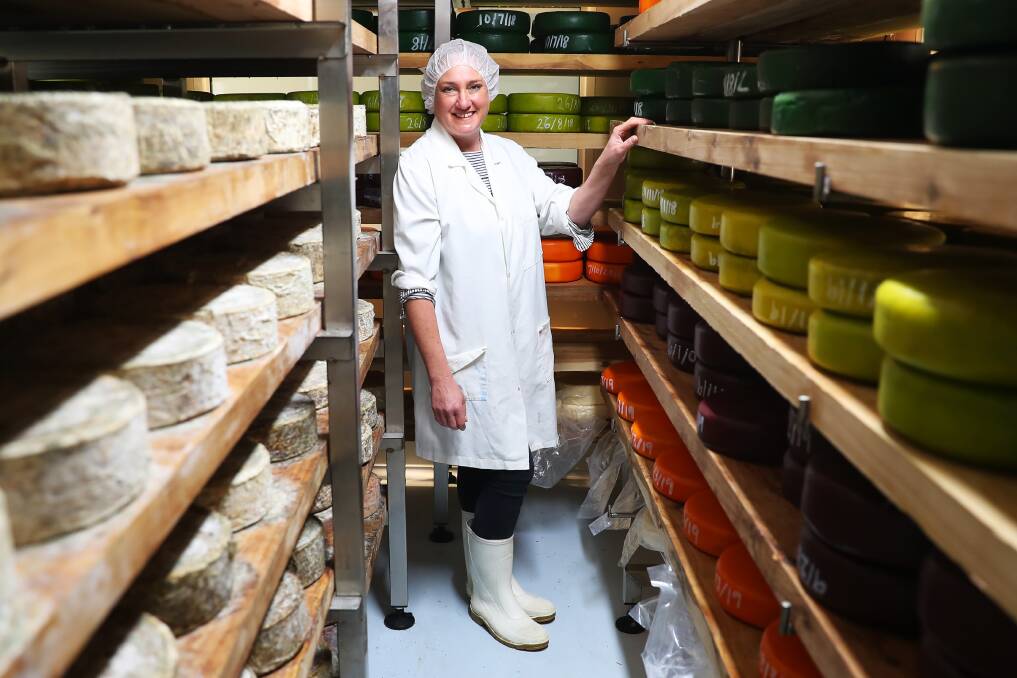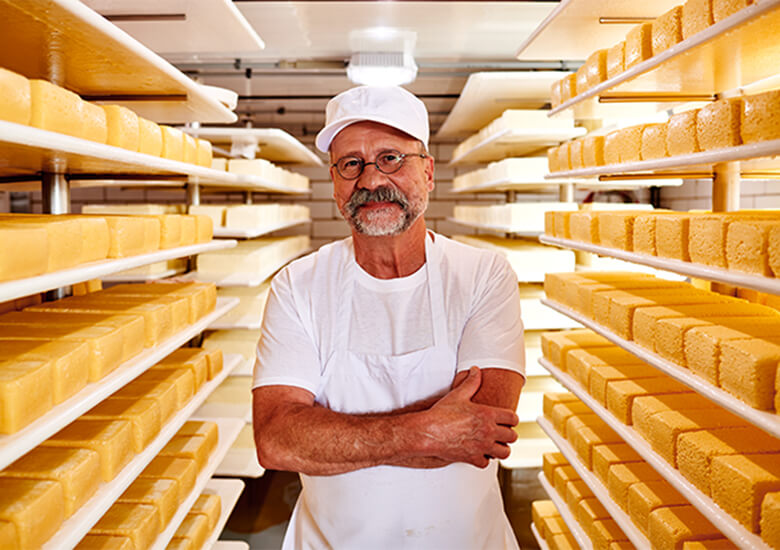Discover the Art of Floridia Cheese: An Overview to Cheese Makers Melbourne
Discover the Art of Floridia Cheese: An Overview to Cheese Makers Melbourne
Blog Article
Opening the Tricks of Artisanal Cheese Making: A Detailed DIY Guide
In the realm of cooking workmanship, artisanal cheese making stands as a testament to the delicate balance between tradition and innovation. Each action in the process, from choosing the ideal milk to perfecting aging techniques, holds within it a wealth of knowledge gave with generations. As we start this trip to debunk the art of developing beautiful cheeses, we are confronted with a tapestry of secrets and abilities waiting to be untangled. Join us as we discover the intricacies of this ancient craft, where art, science, and persistence converge to create tastes that entice the detects.
Picking the Right Milk
When beginning on the journey of artisanal cheese production, the option of milk plays a crucial function in establishing the high quality and attributes of the last product. The type of milk chosen affects the taste, appearance, and overall account of the cheese.
Furthermore, the resource of the milk, whether from cows, goats, sheep, or buffalo, contributes distinctive tastes and features to the cheese. Each kind of milk brings its very own nuances, allowing for a large array of cheese ranges to be crafted based on the picked milk.
Culturing and Coagulating
To start the cheese-making procedure, the important steps of culturing and coagulating need to be carefully executed to change milk into curds and whey. The type of society made use of can significantly affect the flavor, texture, and ripening of the final cheese product.

The timing and temperature level control during culturing and coagulation are crucial aspects that influence the last outcome of the cheese. Correct implementation of these steps is necessary to guarantee the preferred structure, flavor, and uniformity of the artisanal cheese being generated.
Draining Pipes and Pressing Curds
After the milk proteins have coagulated and the curds have actually been reduced to release whey, the next vital action in artisanal cheese making entails draining pipes and pressing the curds to achieve the preferred texture and uniformity of the last cheese product. The time for draining pipes can differ depending on the kind of cheese being made and the wanted moisture material.
Once the curds have adequately drained pipes, the following step is pushing. Pressing aids get rid of any staying whey and compacts the curds to develop a solid cheese wheel. Pushing can be done using specialized cheese presses that apply consistent and mild stress over a time period. The best site duration and stress used throughout pushing will certainly influence the final structure of the cheese, from velvety and soft to difficult and company. Correct draining and pressing are critical steps that dramatically affect the high quality and features of the artisanal cheese being created.
Aging and Flavoring Techniques
Executing meticulous aging and flavoring strategies is crucial in boosting the deepness and complexity of artisanal cheeses, elevating their taste accounts to exquisite levels of improvement and sophistication. Aging plays an essential role in developing the one-of-a-kind tastes and textures that distinguish artisanal cheeses. Throughout the aging procedure, cheeses are stored in very carefully regulated settings where aspects such as humidity, air movement, and temperature are controlled to urge the growth of useful molds and germs. This controlled setting enables celebrity to develop gradually, establishing complicated aromas and abundant tastes.
Flavoring strategies likewise add substantially to the final preference of artisanal cheeses. Cheesemakers may choose to introduce extra tastes by integrating components such as natural herbs, spices, and even fruits into the cheese throughout the production process. Additionally, some cheeses are washed or scrubed with different liquids, such as brine or alcohol, to improve their tastes and structures.
Covering and Saving Cheeses

Final Thought
In conclusion, mastering the art of artisanal cheese making includes very carefully selecting the best milk, following specific culturing and coagulating processes, draining pipes and pressing curds properly, and using various aging and flavoring methods. Keep in mind to cover and save your cheeses effectively to guarantee optimal taste and appearance advancement.
Each type of milk brings its very own nuances, permitting for a large range of cheese selections to be crafted based on the selected milk.After the milk healthy proteins have coagulated and the curds have actually been cut to launch whey, the following important step in artisanal cheese making involves draining and pressing the curds to attain the desired structure and uniformity of the final cheese item. A lot of cheeses ought to be covered in wax paper or cheese paper to allow them to breathe while safeguarding them from drying out. For cheeses that need to proceed aging, such as bloomy skins or cleaned peels, ensure they are kept in a great setting like a cheese cave or a fridge established to the ideal temperature level. By paying focus to the wrapping and storage of artisanal cheeses, cheese makers and enthusiasts can protect the stability of these delicacies and completely enjoy their complex tastes.
Report this page